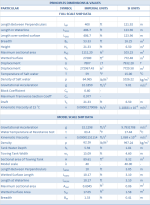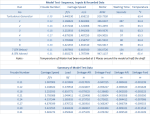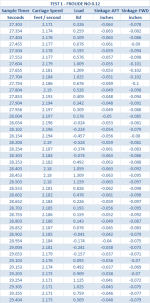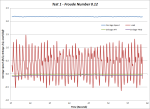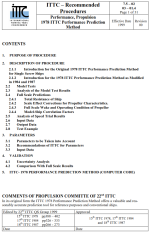Ship Model Testing & Resistance Prediction
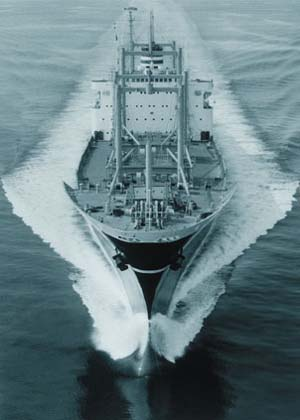
Description
Full Scale ship resistance prediction by model testing at various speeds as per International Towering Tank Conference (ITTC) 1978 Method.
1. PURPOSE OF PROCEDURE
2. DESCRIPTION OF PROCEDURE
2.1.1 Introduction for the Original 1978 ITTC Performance Prediction Method for Single Screw Ships
2.1.2 Introduction for the 1978 ITTC Performance Prediction Method as Modified in 1984 and 1987
2.2 Model Tests
2.3 Analysis of the Model Test Results
2.4 Full Scale Predictions
2.4.1 Total Resistance of Ship
2.4.2 Scale Effect Corrections for Propeller Characteristics.
2.4.3 Full Scale Wake and Operating Condition of Propeller
2.4.4 Model-Ship Correlation Factors
2.5 Analysis of Speed Trial Results
2.6 Input Data
2.7 Output Data
2.8 Test Example
3. PARAMETERS
3.1 Parameters to be Taken into Account
3.2 Recommendations of ITTC for Parameters
3.3 Input Data
4. VALIDATION
4.1 Uncertainty Analysis
4.2 Comparison With Full Scale Results
5. ITTC- 1978 PERFORMANCE PREDICTION METHOD (COMPUTER CODE)
Calculation Reference
Ship Resistance
Fluid Mechanics
Hull Design
Ship resistance prediction by model testing at various speeds is an important aspect of ship design, as it helps to determine the power required to propel the ship through the water. The International Towing Tank Conference (ITTC) 1978 method is a widely used method for predicting ship resistance, based on model testing in a towing tank.
The ITTC 1978 method involves conducting tests on a model of the ship at various speeds in a towing tank, and measuring the resistance of the model to the water flow. The model is typically tested in calm water conditions, with the towing speed and other parameters varied to simulate the ship's operating conditions.
The resistance of the model is measured using a force balance, which records the forces and moments acting on the model. The resistance is typically expressed as a dimensionless quantity called the resistance coefficient, which is defined as the ratio of the resistance to the dynamic pressure of the water.
The resistance coefficient is then used to predict the full-scale resistance of the ship, using appropriate scaling laws and correction factors. The predicted resistance is then used to determine the power required to propel the ship through the water at the desired speed.
The ITTC 1978 method includes guidelines and procedures for conducting model tests, measuring the resistance, and predicting the full-scale resistance and power requirements. The method also includes corrections for the effects of scale, viscosity, and other factors that may affect the accuracy of the predictions.
Overall, ship resistance prediction by model testing at various speeds using the ITTC 1978 method is a critical aspect of ship design, as it helps to ensure that the ship is efficient, safe, and economical to operate.
Calculation Preview
Full download access to any calculation is available to users with a paid or awarded subscription (XLC Pro).
Subscriptions are free to contributors to the site, alternatively they can be purchased.
Click here for information on subscriptions.

